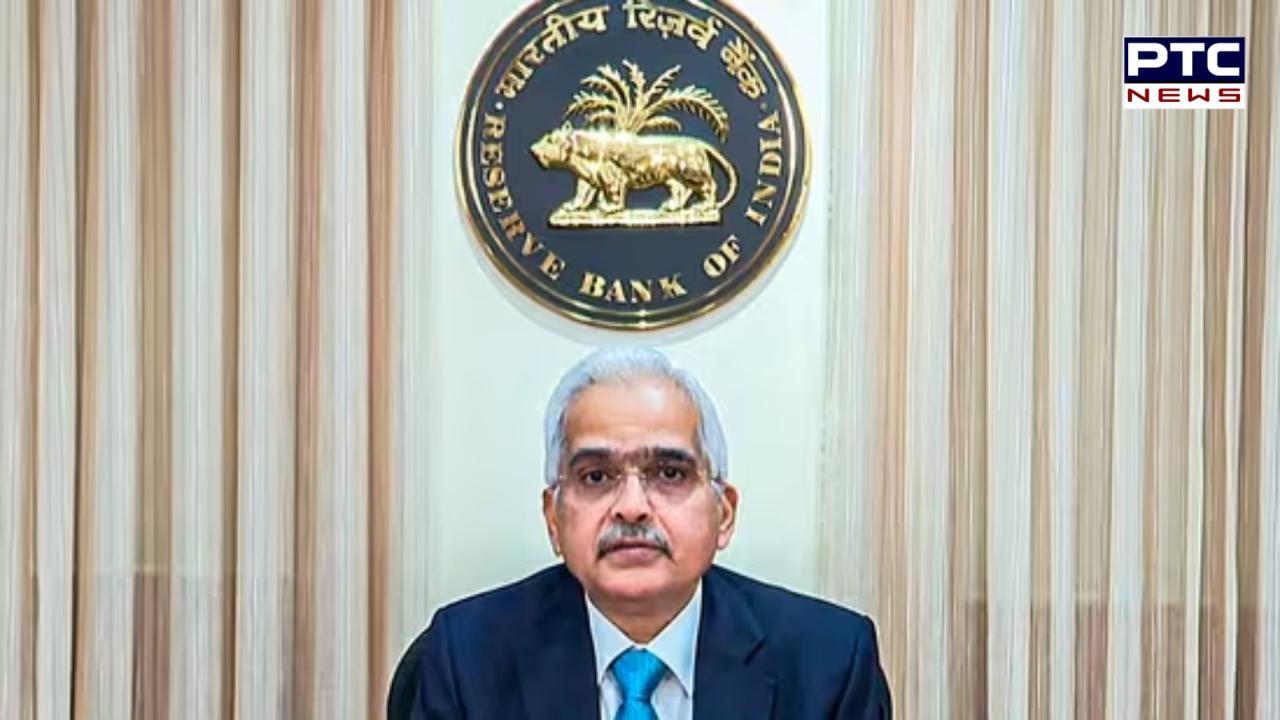RBI maintains repo rate: Impact on your monthly EMIs explained
Governor of the Reserve Bank of India Shaktikanta Das affirmed the decision to maintain the current rate notwithstanding changes in the global economy and the US Federal Reserve's recent 50 basis point rate drop.

PTC News Desk: The Reserve Bank of India's Monetary Policy Committee (MPC) concluded its three-day meeting today, deciding to maintain the repo rate at 6.5 per cent for the fourth consecutive time this fiscal year and the tenth time overall.
This decision comes despite fluctuations in global markets and a recent 50-basis-point rate cut by the US Federal Reserve. RBI Governor Shaktikanta Das affirmed the decision to keep the rate unchanged, signaling stability amid international economic shifts.
Understanding the Repo Rate
The repo rate is the interest rate at which the RBI lends money to commercial banks. This rate serves as a critical benchmark, influencing the interest rates on loans and deposits offered by banks. A stable repo rate typically translates to predictable Equated Monthly Installment (EMI) payments for borrowers, providing a sense of financial security.
Impact on Loan EMIs
- Home Loans: For individuals with floating interest rates on home loans, the unchanged repo rate suggests that EMIs will likely remain stable in the near term. Borrowers can find relief in knowing that there won't be immediate pressure to adjust their monthly payments, allowing for better financial planning.
- Personal and Auto Loans: Similar to home loans, personal and auto loans linked to the repo rate will also experience no immediate changes in EMIs. This stability will enable borrowers to manage their finances more effectively, free from the anxiety of sudden increases in repayment amounts.
- Fixed-Rate Loans: For borrowers with fixed-rate loans, the repo rate’s stability will have minimal short-term impact. They can continue to enjoy consistent payment terms without concern over external rate adjustments.
Key Outcomes of the MPC Meeting
During the meeting, the MPC unanimously decided to keep the repo rate steady at 6.5 per cent, with five out of six members supporting this choice. Notable points discussed include:
- The real GDP growth rate for FY25 has been projected at 7.2 per cent.
- Governor Das mentioned that pressures from food inflation may ease, thanks to favorable conditions from the kharif sowing season and adequate soil moisture.
- A shift in the policy stance from "withdrawal of accommodation" to "neutral" was observed, reflecting a more balanced approach to economic growth and inflation management.
- The committee noted weakened corporate profitability and reduced government expenditure as factors influencing the growth outlook. Consequently, the growth expectation for the June quarter was revised downward from 7.3 per cent to 7.1 per cent.
- Governor Das also highlighted downside risks to the economy, particularly geopolitical tensions in West Asia and ongoing financial market volatility.
- While the MPC expects inflation to remain moderate, it acknowledged that any moderation might be "slow and uneven," indicating potential challenges ahead.
In conclusion, the RBI's decision to maintain the repo rate at 6.5 per cent provides a sense of stability for borrowers, ensuring that monthly EMIs for various loans are unlikely to increase in the immediate future. As the economic landscape evolves, both borrowers and lenders will be closely watching for any indications of future policy adjustments..
Also Read: Hooda-centric strategy backfires: Congress stumbles in Haryana elections
